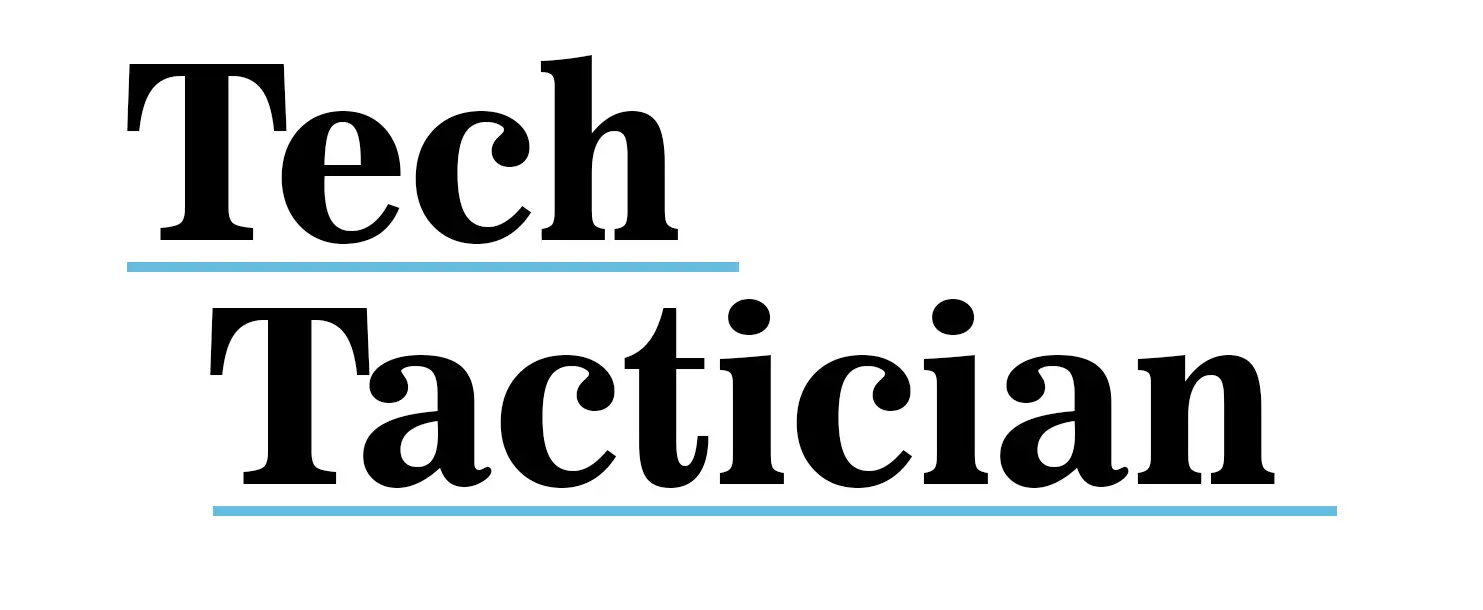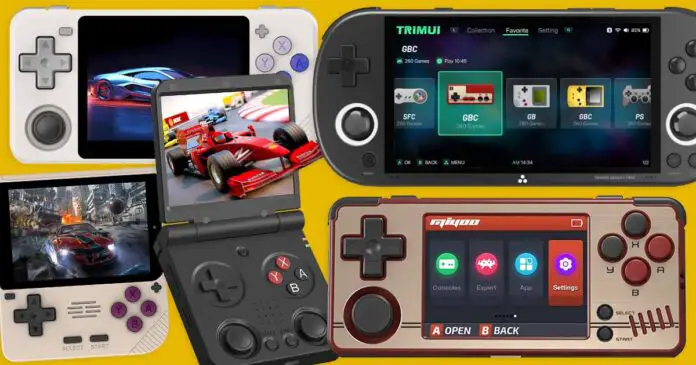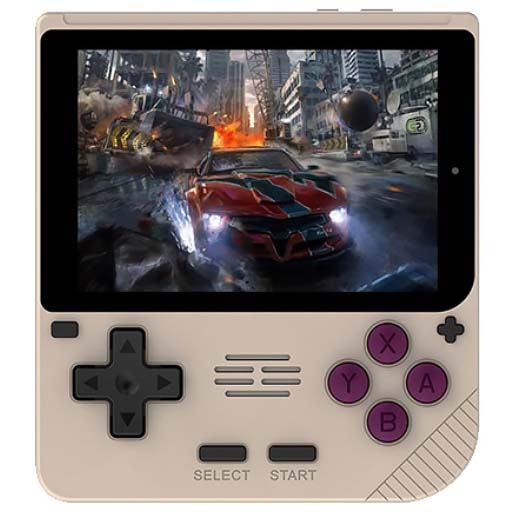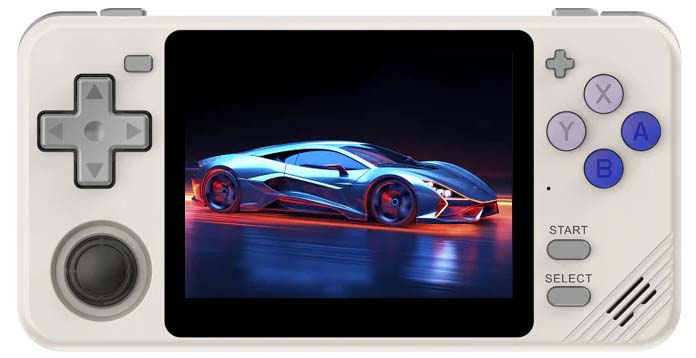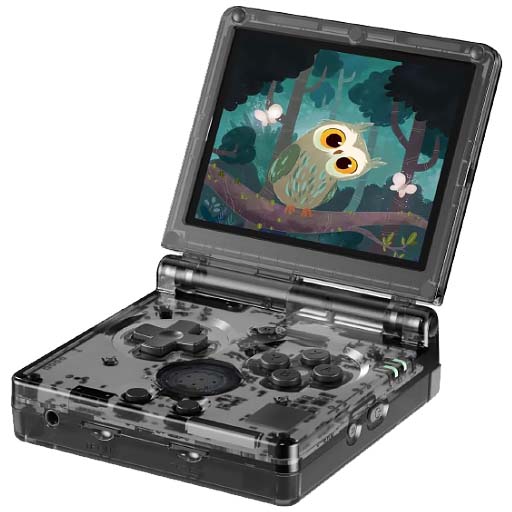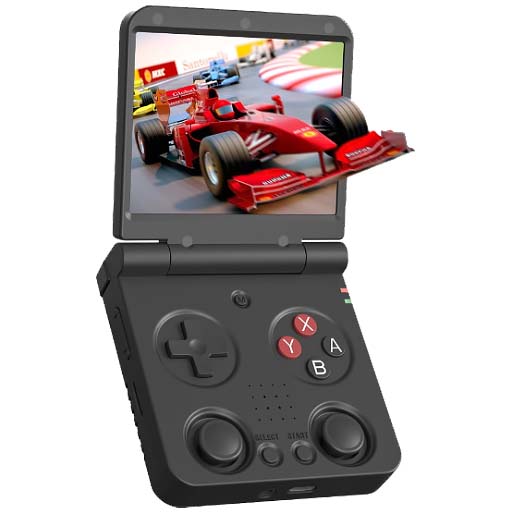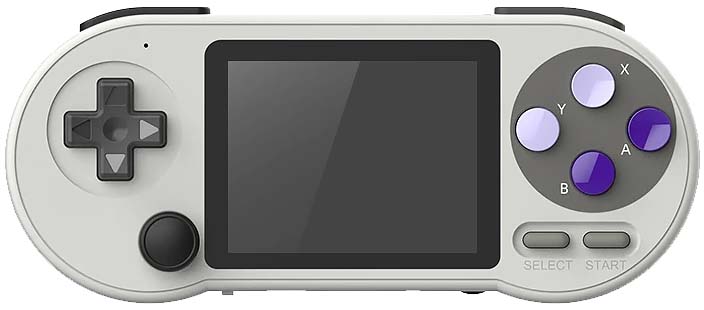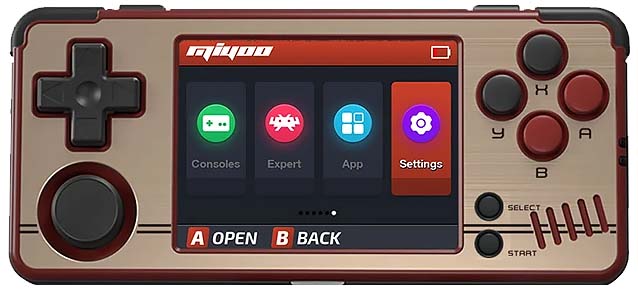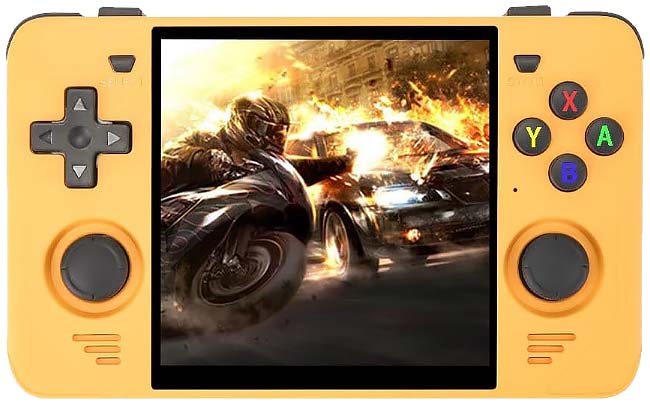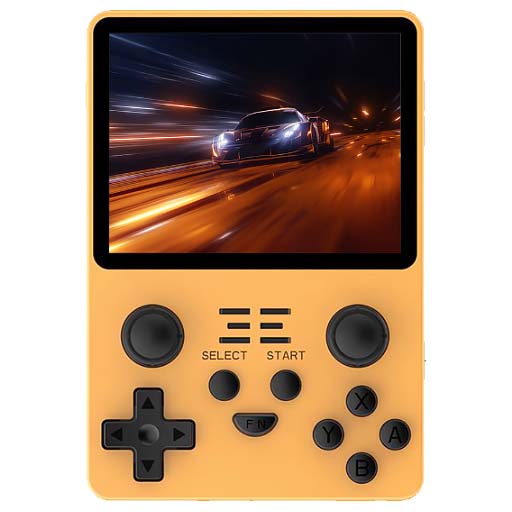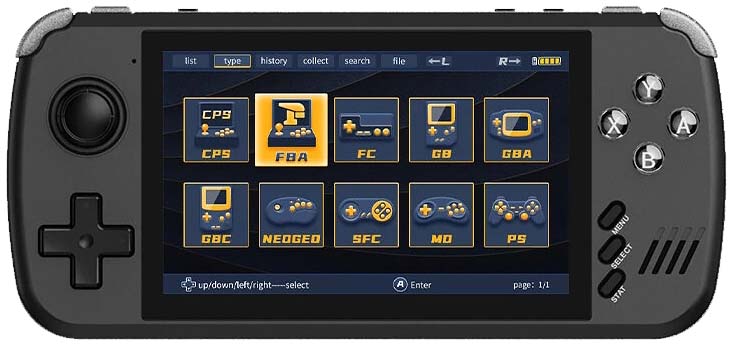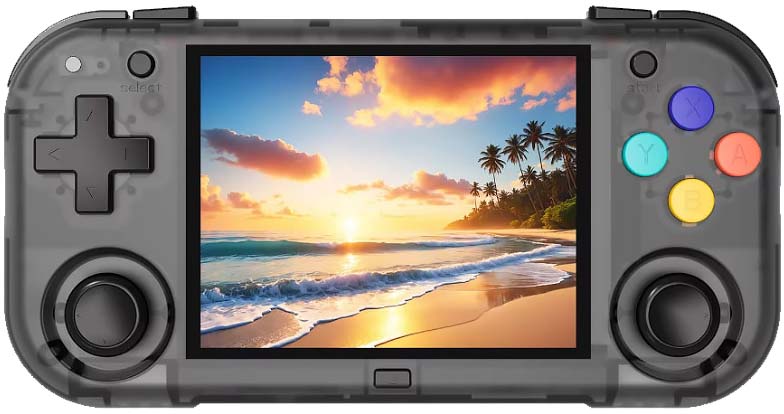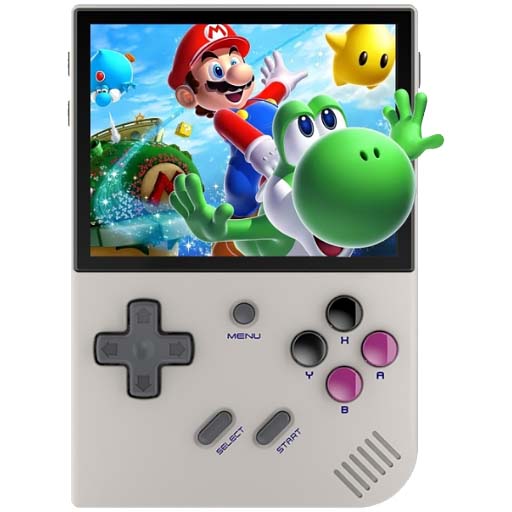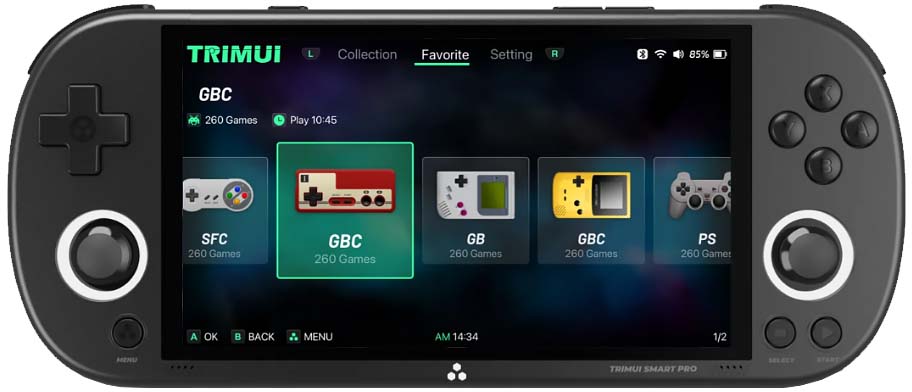Here we are, following up with 12 more retro emulation devices perfect for quick gaming sessions on-the-go. These are perfect for games up to PS1 era, and many of them are even capable of emulating some less demanding N64, Dreamcast and PSP titles. So let’s not waste any more time, and get straight to the secondary list of the best handheld devices among the vast retro emulators community!
This list is a follow-up to the Best Retro Handheld Emulator Consoles This Year – My Personal Picks! – Make sure you check that one out first!
This web portal is reader-supported, and is a part of the Aliexpress Partner Program, Amazon Services LLC Associates Program and the eBay Partner Network. When you buy using links on our site, we may earn an affiliate commission!
Don’t Miss The First Part! + My Experience With Retro Handhelds
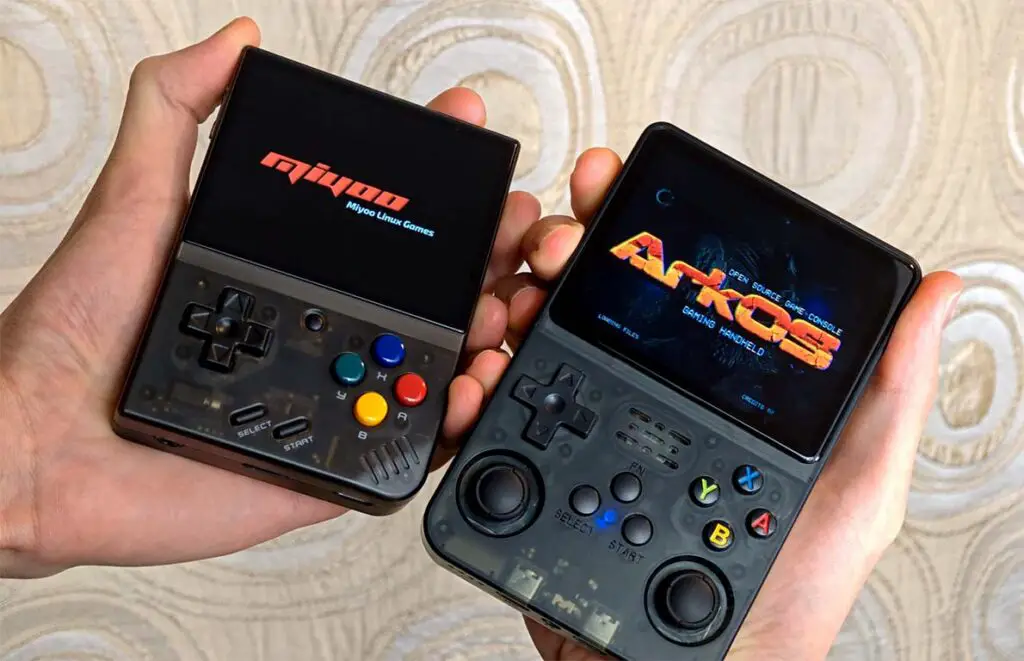
Owning quite a few emulator handhelds, among them the Miyoo Mini Plus, the R36S, Powkiddy v90 and other devices I use for game emulation such as the Steam Deck and a modded PS Vita, and having reviewed these kind of devices for some time, I still continue to be impressed by the vast numbers of options available in the market.
That’s why I’ve compiled the first, main list of my favorite go-to handhelds for retro games emulation including the ones mentioned and shown on the image above, and that’s exactly why I’m following through with this second list of less popular but still very much capable and oftentimes greatly underrated devices of this type.
Each of the consoles that I’ve listed here is accompanied by my short commentary on both its capabilities when it comes to game emulation and the chips they are based on, as well as their design and control layout, which is arguably one of the most important things when planning to purchase a pocket device like one of these.
If you’re still not sure whether or not a pocket emulator is really something you need, I will gladly share with you my own perspective on the matter here: Are Handheld Retro Emulators Worth It? – Here Is My Take
Now let’s get to the list!
1. Powkiddy V10
Let’s start off with the Powkiddy V10 based on the Rockchip RK3326 chipset just like the R36S handheld that I’ve recently reviewed, offering virtually the same exact performance. This is a pretty interesting and relatively new contender in the lineup. With the 3.5-inch 480×320 3:2 aspect ratio display and the competitive price of just about $50 it’s one of the better budget picks for those of you who are looking for a small form factor device which is light and highly pocketable.
The V10 is still one of the better choices when it comes to the small form factor devices, and if you’re a fan of GBA titles, you’re in luck – you can play most of your GBA games with a clear 2x upscale at full speed on this one. With that said, this is one of the consoles that does extremely well performance-wise for systems up to PlayStation 1, while still allowing you to play many N64, PSP and Dreamcast games. Just as the next two models on our list!
2. Powkiddy RGB10X
Let’s continue with the Powkiddy RGB10X based on the very same chipset as the Powkiddy V10 and the R36S, and providing about the same stellar performance for games up to the PS1 era. It features a slightly higher resolution 640×480 4:3 display, and for me, that is an optimal setup.
Just as the V10 it lacks Wi-Fi, Bluetooth and any kind of video output. It’s still a great option if you don’t expect to be able to run some more graphically advanced PSP and Dreamcast titles without slowdowns. Its design makes it a great choice if you like having your controls on both sides of the screen rather than underneath, and you mostly play games that were made for the 4:3 aspect ratio.
3. ANBERNIC RG35XXSP Flip
The Anbernic RG35XXSP Flip is a first clamshell-style console on this list, but not the first one I’ve talked about here on the site. If you remember the Powkiddy V90, you will realize that this handheld is in a way its direct upgrade, running the Allwinner H700 chipset in comparison to the much weaker Allwinner F1C100s on the V90. The performance of this one is basically comparable to our first two contenders.
The clamshell design is a perfect choice if you’re looking for a console to frequently use on the go, and considering that there aren’t that many choices out there in this form factor, the RG35XXSP Flip is really worth taking a closer look at. Its sleep/shutdown functionality also makes it a great pick-up-and-play device. So now, let’s continue with another flip-style handheld on this list – the Miyoo Mini Flip.
4. Miyoo Mini Flip
Miyoo Mini Flip is finally here, and it’s yet another clamshell handheld, this time with the RK3566 chipset upgrade which lets it tackle all games up to PS1, and after some tweaks venture into the N64, Dreamcast, and PSP area with reasonable framerates when comes to most simpler titles without much complex 3D graphics going on.
While the design of the Miyoo Mini Flip is very similar to the RG35XXSP, its controls do seem to be of higher quality, and it’s display is comparable with the one on the Miyoo Mini Plus – and that is a great thing. It also features two analog sticks, which the RG35XXSP doesn’t have. Great pick overall if you’re into the clamshell form factor, and a very welcome surprise from Miyoo.
You can check out my full hands-on review of the Miyoo Mini Plus here: Miyoo Mini Plus Handheld Emulator Console Hands-On Review
5. DATA FROG SF2000
The Datafrog SF2000 is one of the two least-expensive consoles you’ll find in here. If you don’t want to spend more than $20 on your first handheld emulator, it’s a model you might seriously consider. While it won’t cut it for PS1 games, and it might sometimes struggle with screen tearing and occasional frame drops, most Game Boy, NES, SNES, Sega Genesis, and many arcade games will run on it reasonably well. Note the “most” here. The SF2000 can occasionally struggle with a few more complex GBA titles, so keep that in mind.
And the Nintendo controller style form factor? This pretty unique design of with large trigger buttons, a single analog stick and a rather small 3-inch display certainly isn’t for everyone. But for this price, I would consider the SF2000 a good choice whether you plan to get it as your first simple handheld, or as a small throw-in-your-bag backup device. Let’s move on to the other budget option – the Miyoo A30.
You know what else DATA FROG makes? – Knockoff PS4 controllers. Which you can get for less than $15! – Data Frog PS4 Wireless Bluetooth Controller Clone – Hands-On Review & Test
6. Miyoo A30
The Miyoo A30 is the smallest and most pocketable device on this list. With it’s relatively recent price drop, it’s also the second least expensive emulator in our lineup. Weighing around 110 grams / 0.24 lbs, and rocking a 2.8-inch 640×480 screen it’s pretty much a definition of a pocket emulation device.
Once again, a great choice for either a secondary handheld, or as an entry point to retro games emulation if you’re not yet set on spending a lot of money on these kinda devices and you don’t mind the smaller display. And it has a Wi-Fi chip on board, as well as a few CFW options (including SpruceOS – an alternative to OnionOS) if you don’t like the stock operating system that it comes with. Truly a great find!
7. Powkiddy RGB30
The Powkiddy RGB30 has a square 4-inch 720p display – and that’s probably its most important quirk. Yes, you will see letterboxing here when it comes to most retro consoles, and yes, it features the same Rockchip RK3566 chipset present on the Miyoo Mini Flip. Performance-wise, similarly to the Flip it handles PS1 and older systems flawlessly, while N64, Dreamcast, and PSP are hit or miss, with frame skipping needed for many PSP games, which is to be expected.
Still, its larger, higher resolution display and rather unique design is also why many people seem to prefer it over the handhelds such as the Powkiddy V10, and the RGB10X which has a very similar build. Well, it’s truly a matter of screen format and controls layout preferences, as the performance of these devices is pretty much identical in practice.
8. Powkiddy RGB20S
Another great proposition from the very same company, the Powkiddy RGB20S is a budget-friendly vertical handheld which features a 3.5-inch 640×480 display, and notably, two large joysticks on the top of the front panel. This device is powered by the RK3326 chipset, and if you’ve read this far into the list, you likely already know its performance capabilities well.
PS1 and older systems run smoothly, while N64, Dreamcast, and PSP can sometimes struggle with lag and choppy audio on more demanding titles. The battery life is solid, lasting even up to 6-8 hours, but the RGB20S has no Wi-Fi chip on board. If you often play games which do require analog sticks and are not bothered about their placement choice here, this device might just be a great choice for you.
9. Powkiddy X39 Pro
The Powkiddy X39 Pro, based on the ATM7051 chipset, is an excellent handheld emulator priced under $50. It features a classic horizontal control layout, although the D-pad here is curiously positioned beneath the analog stick on the left side of the device.
An HDMI output, USB controller support, and a solid 4.5-inch IPS screen at 854×480 resolution are one of the best things about this one. Still, it’s important to note that for now, the X39 Pro still lacks custom firmware options. In any case, its performance, once again comparable to the RK3326-based devices, and stays within the norms of being able to run most console games up to PS1 without any hiccups.
10. XU MINI M
The XU Mini M might be a lesser-known option, but it’s still one that I thought would be important to mention here. With very high quality analog sticks and reasonably good PSP performance with CFW (PlumOS) it’s actually worth considering, even though it might not be as popular as the other models that we’ve went through up to this point.
This form factor is one of the most “classic” horizontal handheld designs that you can find out there. Analog sticks on the bottom, regular controls in the standard positions, and the triggers – which albeit pretty hard to press if you’re not pushing them from the very top, are still of high quality. With the solid performance of the RK3562 chip, this one is a great choice from the less known picks out there.
11. ANBERNIC RG35XX Plus
Anbernic RG35XX Plus once again greets us with a traditional vertical control layout, a more powerful H700 chipset, 1GB of RAM, and built-in Wi-Fi, Bluetooth and a HDMI output allowing you to take your retro games to the big screen. The performance leap from the base Anbernic RG35XX is significant, and so is the leap in battery life.
There are no analog sticks here, but the base controls that are present are of high quality. If you have bigger hands, you’ll probably find this device convenient. It also supports a community mantained CFW – GarlicOS, which is very similar to the OnionOS on the Miyoo Mini Plus. It’s currently still one of the most popular devices in this form factor alongside the Miyoo!
12. TRIMUI Smart Pro
The TRIMUI Smart Pro is a handheld with a high quality 5-inch 720p display, Wi-Fi and Bluetooth modules, and a 5000mAh battery, giving you a solid 4-6 hours of gameplay depending on the use context. Performance-wise, it — you probably already guessed it — comfortably handles PS1 and lower, while Dreamcast, N64, and PSP can be hit or miss, requiring tweaks to run smoothly with titles heavily relying on 3D graphics.
The analog sticks on the TRIMUI Smart Pro are recessed and lack L3/R3 clicks, and the speakers are positioned on the back of the device, which can bother some people who are used to the front-speaker design used in most of these kinda handhelds. Where the Smart Pro really shines is CFW options like CrossMix-OS and Tomato OS, and the ability to stream your PC games to it through Moonlight. For the price, if you’re looking for an affordable compact widescreen emulation device with a larger and higher resolution display, this might just be a great pick for you!
So, That’s It – The Choice Can Be Tough!
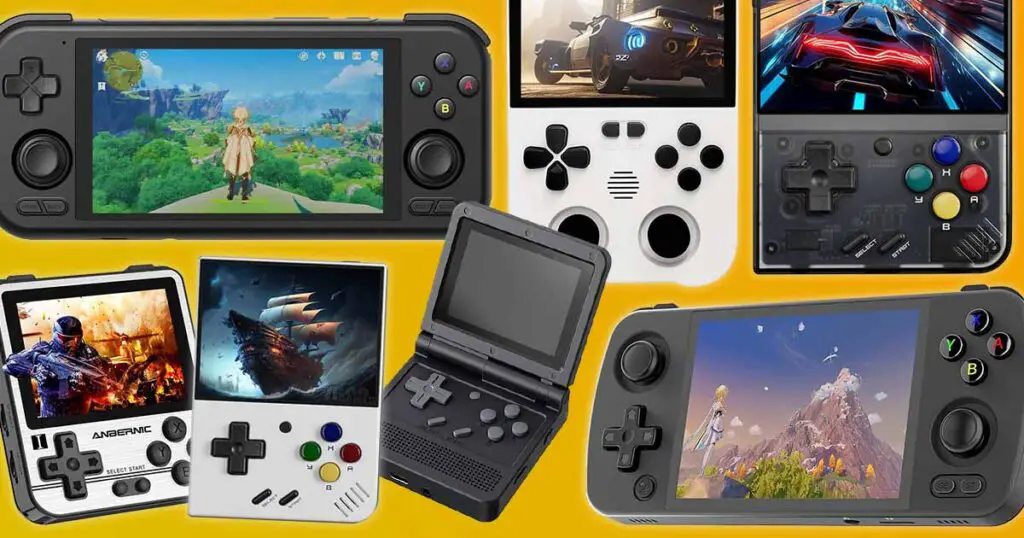
So there we have it – these are 12 more handheld emulators that can run virtually all retro games up to the PS1 era, and can tackle many newer systems such as Dreamcast, N64 and PSP.
These handheld consoles are all among the most popular picks in the community, and knowing that their performance is pretty similar, in most cases you can base your choice purely on aesthetic and practical design preferences. Of course, if you have some favorite games that you want to play, it’s always a good idea to do a quick research on whether or not they will be playable on the device that you have chosen.
If you need something a little bit more powerful and recent, be sure to check out my main top list of the best retro handheld emulators you can get this year – it even features some devices that let you play Switch games in higher resolution and at full speed!
You can read more about that here: 9 Best Retro Handheld Emulator Consoles This Year – My Personal Picks
